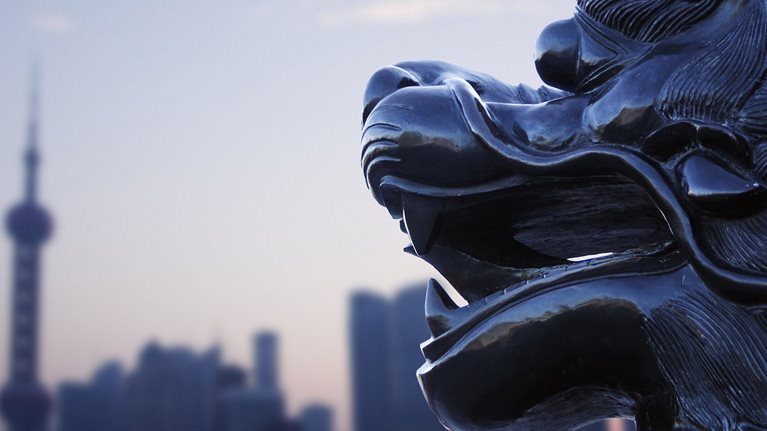More than half of the world’s population lives in Asia, where economies are growing quickly and becoming increasingly interconnected in culture, business, and trade. In this first piece of a two-part interview, Parag Khanna, the managing partner of FutureMap, explains what’s underscoring this transformation, as laid out in his latest book, The Future Is Asian: Commerce, Conflict, and Culture in the 21st Century (Simon & Schuster, February 2019). In the next interview installment, he will explore some of the qualities that make Asia’s political economy particularly distinctive. To dive deeper into Asia’s future, McKinsey’s experts and a diverse range of voices will offer their views in a series of publications launching in the summer of 2019. The following is an edited transcript of Khanna’s conversation with McKinsey’s Rik Kirkland.
Interview transcript
Asia’s future: More than a China story
The future is Asian because demographically the world is already Asian. More than 50 percent of the world population lives in Asia. As the world population plateaus—somewhere around, but perhaps less than, 10 billion people—we will never live in a world where the majority of the world population is not Asians in Asia. We need to get used to that fact.
Then there’s the economy. Especially if you measure in PPP [purchasing-power parity] terms, but even if you don’t, you have 35 to 40 percent of the global economy centered on the Asian realm.
Third, Asia is “Asianizing.” These major Asian economic powers, and also the major markets to which Western companies want to export and do business in, are already trading more with each other than they are with the rest of the world. If you want to be a successful global company, you cannot make the statement “I am a successful global company” unless you are a big deal in Asia. It’s the present that’s already Asian, based on that data. And that’s ever more the case the further you look into the future.
What’s driving the next phase of Asian growth?
For 500 years prior to 1990, Asia was more or less divided—or getting divided—by colonial powers and by the Cold War. No one alive today can remember the last Silk Road era of the 14th and 15th centuries. And yet, that is what is being re-created now. It was only possible because of the end of colonialism and the end of the Cold War that we’ve witnessed these past three decades. While we’ve been paying attention to a lot of other things, whether it’s the war on terror or whatever the case may be, the fact is that Asia has been very steadily, very diligently integrating.
The first milestone in that was the energy supercycle: high commodities prices. West Asian—meaning the Middle East, Persian Gulf—oil and gas exports flowing across the Indian Ocean to the Far East. Now West Asia trades much more with East Asia than it does with any of its former colonial masters. Then you had Asian economies going through and surviving the financial crisis due to their economic integration. Now you have the Belt and Road Initiative.
The Belt and Road Initiative is just the beginning of that whole next phase of Asia’s integration through infrastructure, the 20 trade agreements that are being negotiated between Asian countries, rising volumes of foreign investment, local currency debt, growing cross-border liquidity, trade finance. All of these things are helping Asians rediscover and exploit the very natural complementarities that they have.
Asian optimism versus Western pessimism
We live in a globalized world, and yet we have a great intellectual divergence under way between the slow-growing, inward-looking, xenophobic, pessimistic, anti-trade and -globalization West and the optimistic, forward-looking, “the world’s getting better”-believing, “bring borders down”-thinking, pro-globalization Asia. That’s a caricature, but it’s not that far off.

In pursuit of prosperity
You have pro-globalization and pro-trade support across the vast spectrum of societies in Asia. You have a lot of support for leadership. Executive branches, executive authorities, and leaders enjoy a very high degree of public trust. And that’s also in the democracies—in fact, particularly in the democracies. If you look at India, Indonesia, the Philippines: there are 1.8 billion people in those three countries that are all having elections this year.
Regions of the world get into this sweet spot. For Europe, it was obviously the industrial revolution. Then it came again in the postwar decades, given the need to rehabilitate. So Asian countries are in that sweet spot now, where the forces are aligning across not only the interest of global capital markets and geopolitical stability but also the demographic wave, the infrastructure investment, and the quality of leadership. All of those things are coming together quite nicely in Asia right now.


